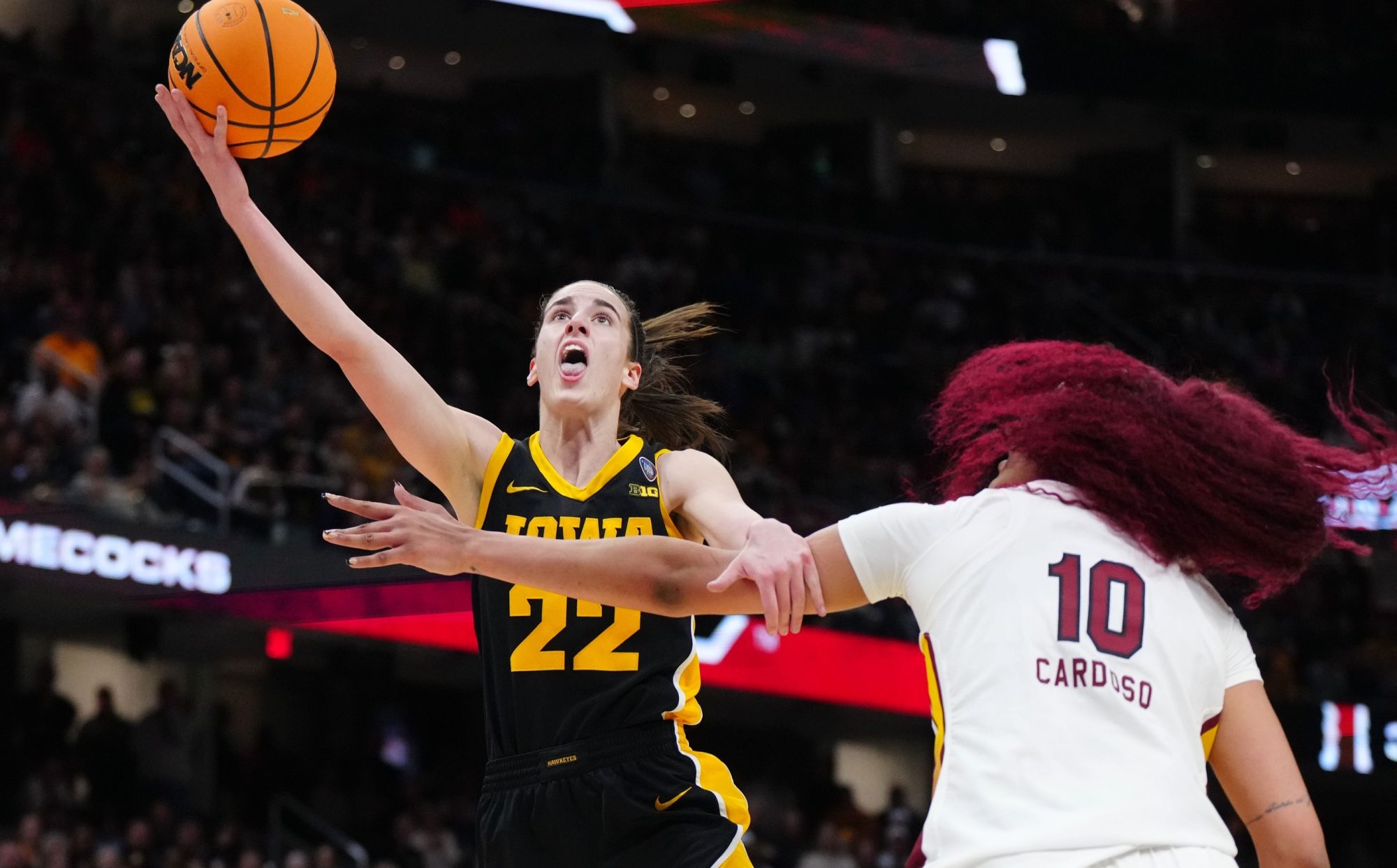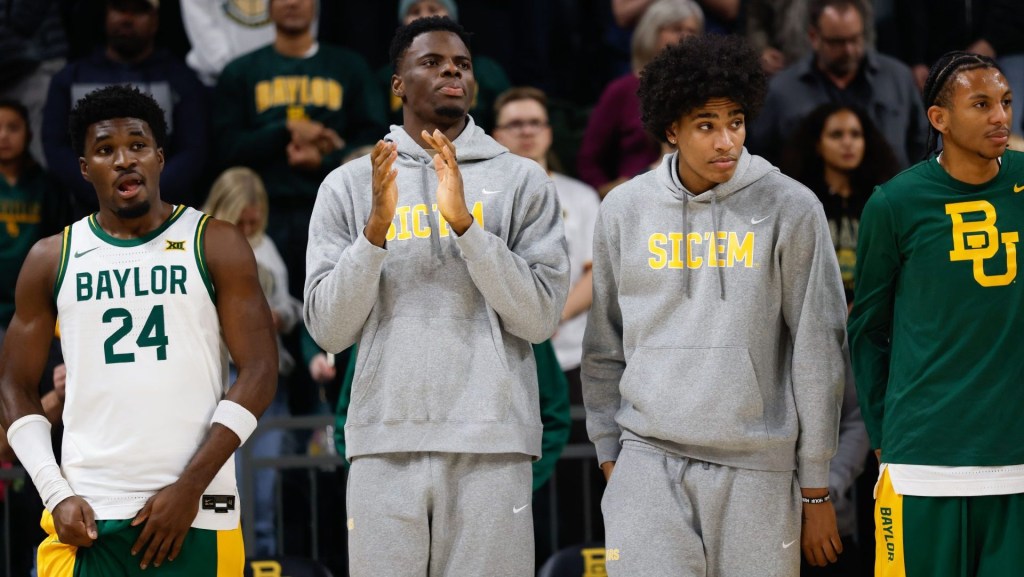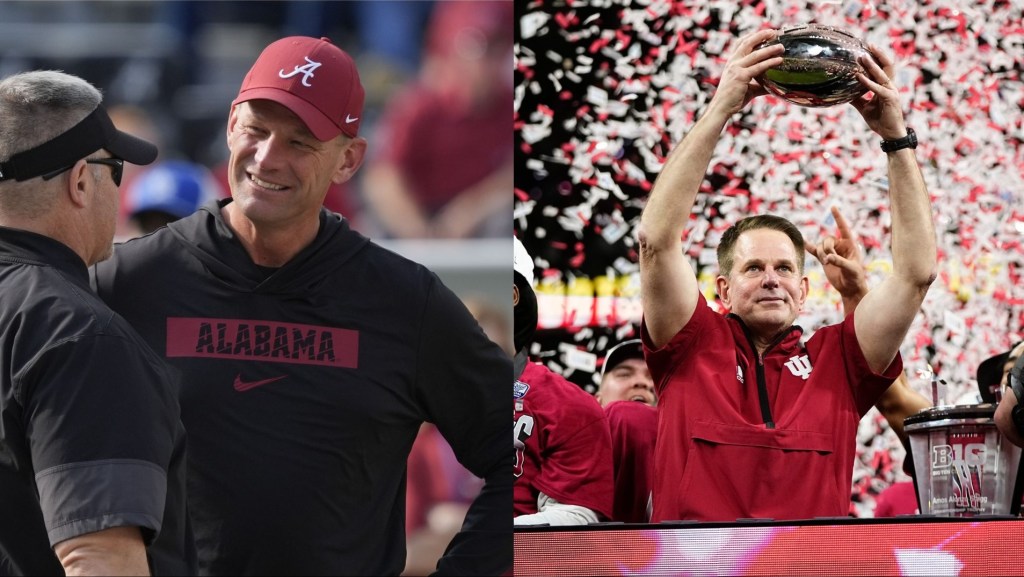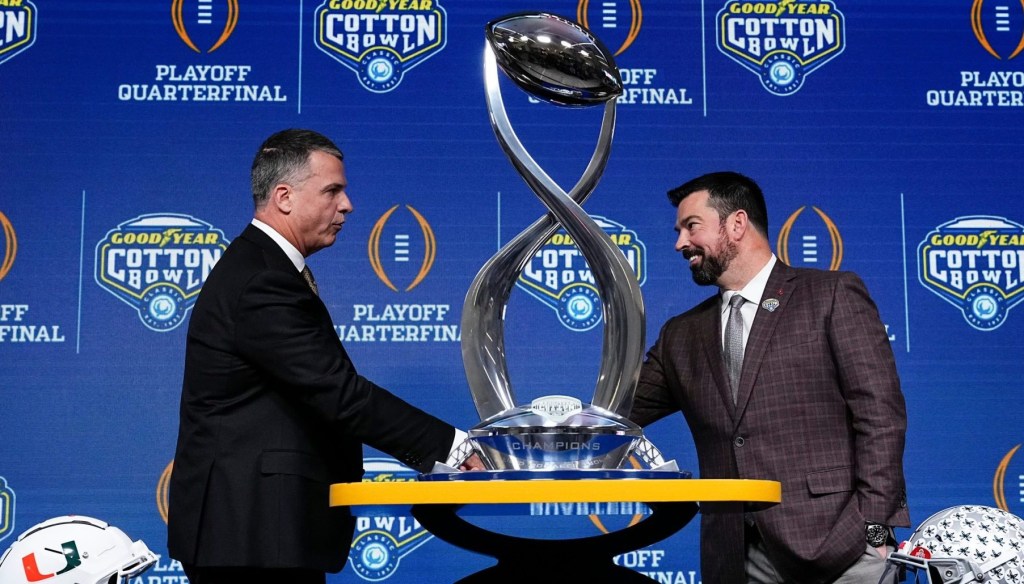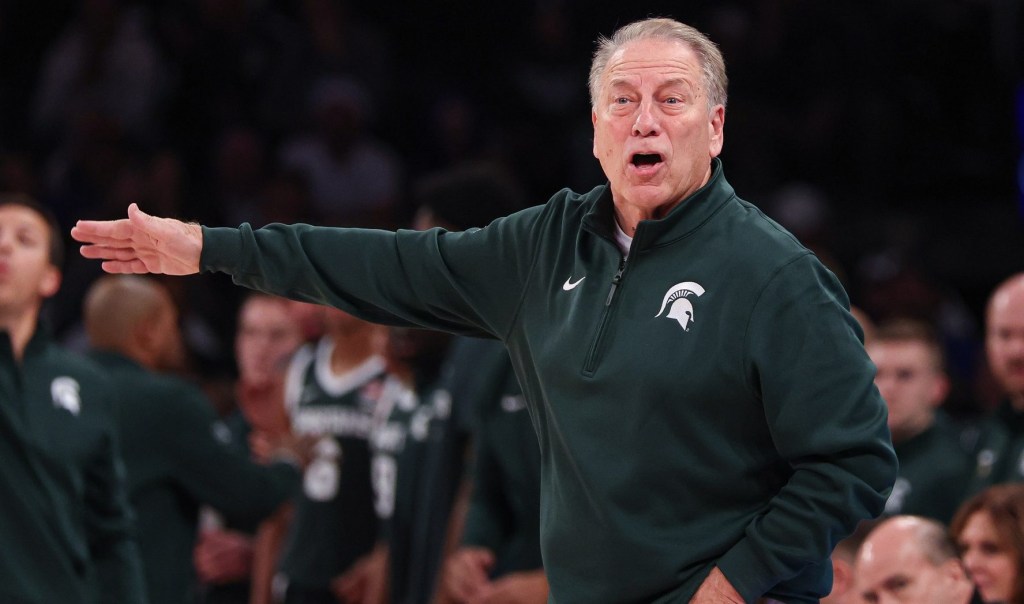On Tuesday, the NCAA’s Division I Board of Directors released a proposal for distributing a pot of up to $25 million in prize money in the women’s March Madness tournament, starting with the 2025 event.
The proposal, which will not see a final vote until the NCAA convention in January, is the culmination of several years of advocacy from athletes, coaches, and other stakeholders. All have said that the performance fund is a key element in achieving gender equity between men’s and women’s basketball in D-I. The men’s tournament has long enjoyed a prize money system of its own, based on participation and prowess in men’s March Madness, but the women have never had one. (Men’s teams earn their conferences about $2 million per game played in the tournament.)
If approved:
- The 2025 tournament would yield a total pool of $15 million paid out during the 2025–2026 fiscal year, and would increase to $20 million in 2026 and $25 million in 2027.
- After that, the fund would increase at a rate of 2.9% per year, as do other NCAA distribution funds.
- The money would come from two funds that already exist for the men: an Equal Conference Fund (for all conferences who participate in the tournament) and a Basketball Performance Fund (based on how far teams advance).
- The NCAA says the distribution formula would also be the same as it is on the men’s side.
“If approved in January, these funds will again advance the NCAA’s efforts to support gender equity and continue investment in the sport of women’s basketball,” Houston Davis, the Central Arkansas president and NCAA finance committee chair, said in a statement.
The NCAA contends the value of its new media deal with ESPN, encompassing 40 championships including the women’s tournament, allows the governing body to afford women’s basketball units for the first time. The deal pays an average of $115 million a year, valuing women’s basketball at $65 million—more than double the average annual amount of the previous deal. (In all, the deal will pay $920 million over seven years, expiring in 2032.)
“This action will resolve a major gender equity discrepancy between the NCAA’s administration of the women’s and men’s basketball championships,” Women’s Basketball Coaches Association executive director Danielle Donehew said in a statement. “The WBCA looks forward to celebrating the final approval of the funds at the NCAA Convention in January.”
But the deal still values women’s March Madness much lower than its men’s counterpart, which pays out around $870 million per year in a contract with CBS and Warner Bros. Discovery that runs until 2032. As such, the women’s units will also be less lucrative: The Men’s Basketball Performance Fund and Equal Conference Fund offered $226 million this year.
However, it appears both the men’s and women’s funds are based on a similar formula, where each are about 20% to 25% of the value of their respective media deals. (All this despite the fact that shortly after signing the deal, the NCAA women’s Final Four outdrew its men’s counterpart in ratings this past season.)
The public battle for units began in the wake of a major scandal in 2021, when the NCAA faced sharp criticism over inequities between its men’s and women’s March Madness “semi-bubble” tournaments. A subsequent gender equity report pointed out the lack of a women’s unit system incentivized schools to invest in their men’s programs over their women’s programs, given that they had the opportunity to earn millions from the men’s system.
Championship-winning coaches, including Stanford’s Tara VanDerveer and South Carolina’s Dawn Staley, have repeatedly stressed the importance of creating a unit system. Staley, on multiple occasions, said it was the most important step the NCAA could take in the battle for gender equity.
The NCAA has been promising for the better part of three years that a unit system has been in consideration. It had argued there wasn’t enough money for a unit system until the governing body negotiated a new championship media deal. Three years and one new media package later, the governing body finally has a concrete plan to make good on that promise.
